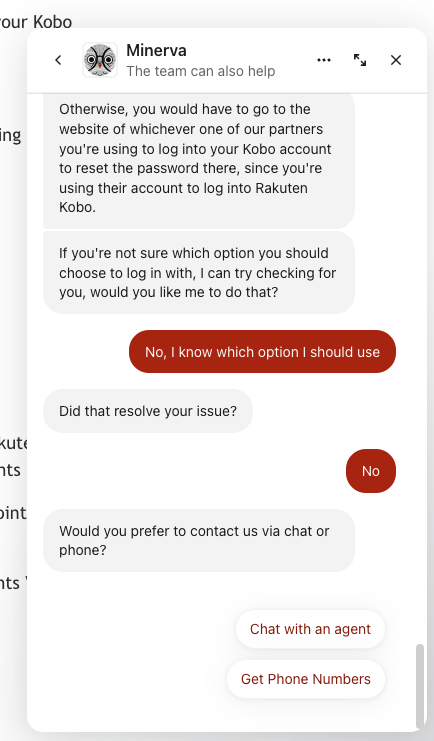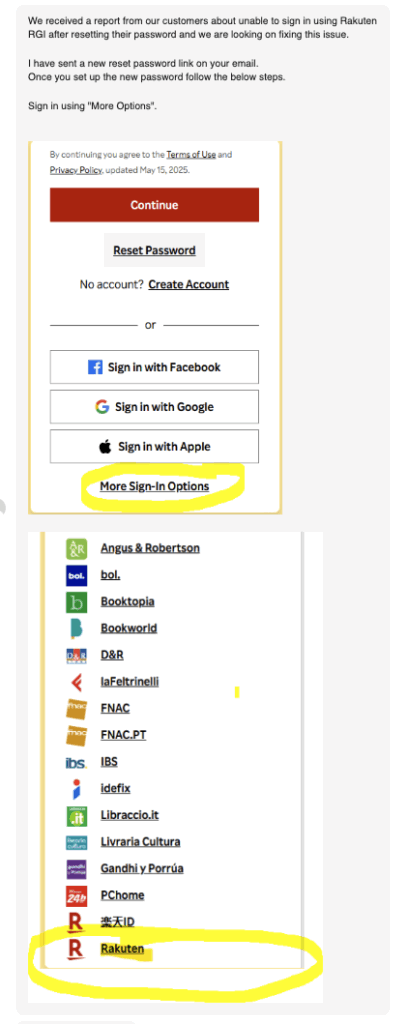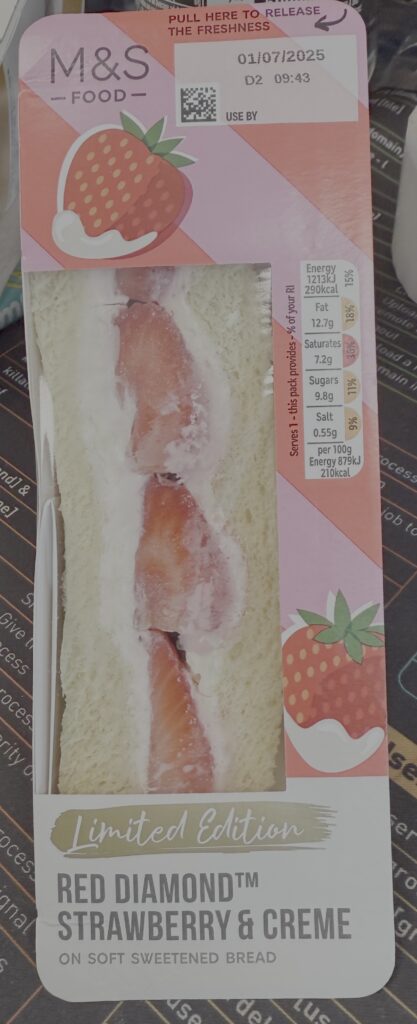I was locked out of my account – which has all my eBooks!
As is typical of me, I get a lot of spam and phishing emails, phone calls and all sorts of rubbish. I do my best to filter, but sometimes those filters catch legitimate emails. Alas, it seems to have caught emails originating from Rakuten Kobo. They use a service called SendGrid to send bulk, automated emails. I know of this service because I used to use it during my days in e-commerce, and I used it myself for this blog. Sending automated emails has become a bit of a chore, and hosting companies go out of their way to make it so for very good reason.
Anyway, I have recently been getting a LOT of phishing emails stating my SendGrid account is being terminated or suspended. I don’t use it any more, so I don’t care. Also, all these so-called official emails use email addresses which have no bearing whatsoever on SendGrid. It is obvious that they are not legitimate and even a lobotomised pigeon could figure that out. In order to try and reduce the noise, I used Google Workspace’s Compliance filters to search for certain specific occurrences of SendGrid. Alas, I hadn’t realised how loose the match was and it banned ANYTHING that was sending through SendGrid.
I only realised this because I couldn’t log into my Rakuten Kobo account. I tried resetting my password, which sends a password reset email, but it wasn’t being delivered. So I checked Google Workspace’s email logs and traced it back to my stupidly dumb filter and just removed it. The password reset emails flowed again, and I could reset my password. Except I couldn’t. I use a password manager called 1Password (another Canadian company) and it generates and saves the passwords for me. So I couldn’t understand why it wasn’t working.
So I had to go to Rakuten Kobo’s website and use their bot to “find a solution.” Now, I get why these things exist. Looking into implementing such things at work (internally) to help with tickets and such, as we tend to get lots of queries such as “my dingbat doesn’t work” and that’s it. If we can gently get people to help themselves… etc. However, for me, it drives me into an incandescent rage, especially if the logic of the bot is wrong, refuses to put you through to a human, or any combination thereof.
I was particularly angry when it couldn’t find my account by postcode.
After a bit of to-ing and fro-ing, I was told there was a problem with the authentication system. When I first signed up to use Rakuten, it was only their TV service. Kobo came much later. I was on a legacy account, in other words. This was what I was told to do – use More Sign-In Options and log in with Rakuten. That’s not at all confusing – especially when it looks EXACTLY the same.
I do think Rakuten Kobo should look at bringing our legacy accounts kicking and screaming into the 21st century. My primary concern in all of this was access to my e-books – something which long-term readers of my blogging exploits remember that I brought up with my local MP with regards to purchase and ownership rights of digital goods. Lose access to your account, you can kiss goodbye to all your “purchases”.



